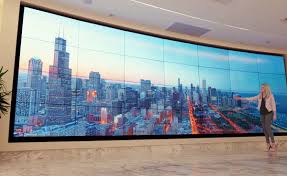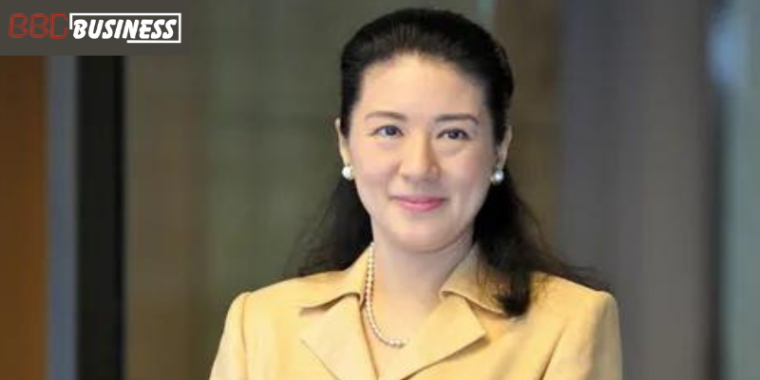Everyone knows that fashion is not constant and it keeps changing. Many factors contribute to the changes in vogue globally, including psychological, physiological, social, cultural, environmental, economic, and political factors.
Trend forecasters are a great help to the fashion industry in this matter. They conduct in-depth observation and extensive research with their sharp analytical tools globally and help fashion houses in saving time and money. This article will discuss how current global trends negatively affect the fashion industry.
Favoritism:
This issue is common worldwide and has been present since the beginning, not only in the fashion industry but also in every other field. Fashion experts prefer prestigious people with money and fame, and connections with higher authorities.
It deprives talented and well-deserving qualified people of getting into the fashion industry just because they don’t have big money and connections. Furthermore, introduce a proper system that only hires on merit skilled youth generations.
Online Shopping Don’t Provide What You Expect:
The pandemic forces industries to shift more towards online shopping. A recent example is Covid-19 which caused many deaths, and the government introduced a lockdown.
As a result, e-commerce prevailed more, and the public shops for everything online. Undoubtedly, e-commerce is an excellent option, but online shopping has some drawbacks for the fashion world.
The perfect fit isn’t always guaranteed when buying ready-made clothes, undergarments, and shoes online. And as a result, a large audience returns these items, wasting the buyer and seller’s time and energy in the style world.
On the other hand, some local or poorly reputed brands put editing product images, and when the customer receives it is dull colored and poor quality material. There is a need to give quality products with excellent fashion packaging ideas.
Sustainability and the Styling World:
The fashion production houses produce many designed items and are on the top list of producing waste pollution on Earth. Producing practical, trendy, and widely used fashionable clothing is vital.
Incorporate recyclable materials in your choice mostly. Plant, animal, waste, and semisynthetic-based fibers are the most sustainable options.
Moreover, many manufacturing sites do not recycle biodegradable styling items, which is a bad practice. So, more people need to be environmentally conscious and contribute to minimizing waste pollution.
How Cyber Crime Affect The Fashion Field:
These days we often hear about cybercrime stories, and hackers invade the company’s privacy and steal their personal information and funds.
Famous fashion brands like Louis Vuitton, Gucci, and Chanel have a high level of cyber security as they contain the recipe for success and big money.
In a nutshell, cybercrime does disrupt the fashion house. Furthermore, protect your company’s website and privacy by investing in cybersecurity.
The Negative Impact of Fast Fashion:
There are two types of fashion movement’s i.e., fast and slow fashion and the latter one is better. Fast fashion includes poor quality, cheap and bulk-produced clothing from machines.
On the other hand, slow fashion is high quality, time taken, and a bit pricey handmade materials. Usually, financially compromised people buy fast fashion but can’t use these items for long periods due to low quality.
People are becoming smarter and choosing slow fashion now. It ensures you classy and timeless beauty.
AI Overpowering the Human Work:
Artificial intelligence is a great help to fashion warehouses. It asks customers for details about their body measurements, style, preferred designs, and previous browsing history and brings out their desired stylish apparel.
Similarly, there are countless other ways through which artificial intelligence is prevailing. The biggest flaw of artificial intelligence is that it snatches people’s jobs and manual work is widely being replaced by it.








